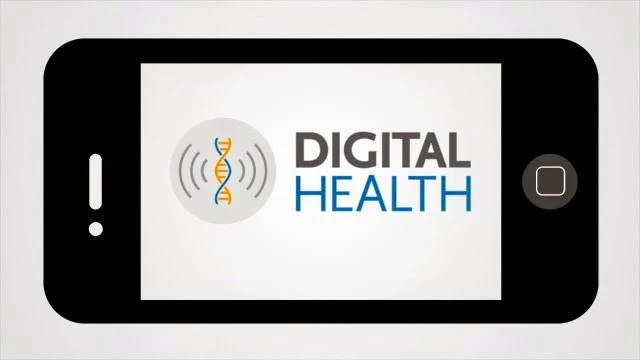Today the rapidity of electronic communications creates the good possibility that your online ratings may fluctuate like the online trading tickers of the stock exchanges.
Physicians who do not check their ratings on a number of web sites are sticking their heads in the sands. Regardless of how well you think your rank, an ill mannered employee could sabotage your reputation online by a unhappy unsatisfied or even a malicious patient.
No one can prevent all negative reviews, however reviews must be monitored by a member of your staff regularly.
The most visible provider ranking and rating sites are:
The researchers evaluated four rating sites that rank or grade hospitals across the country:
There are now services that will regularly scan up to different rating sites and report their findings on a daily basis whenever a new review is posted.
Which sites matter? There are 75+ major websites where patients can see reviews for doctors. Even though a website may not have a popular brand name like "Yellow Pages," it still can impact your reputation if it shows up when patients Google your name.
Review Report Card® helps you keep track of your reviews on 75+ websites in a single glance. We do over 1,000 unique searches for you online and alert you every day new reviews are discovered. In addition to monitoring your reviews, you will be notified if your address is correct on each of the 75+ sites.
Patient Review Templates will help you boost your positive reviews. We recommend that you customize the templates and send them to patients between 24 to 48 hours after their appointment. The templates contain directions and hyperlinks they can follow to endorse you on each site.
and while not directly related to healthcare it does
give some estimate of the
power of negative evaluations
pale in comparison to the damage to reputation or
income if negative reviews are missed.








